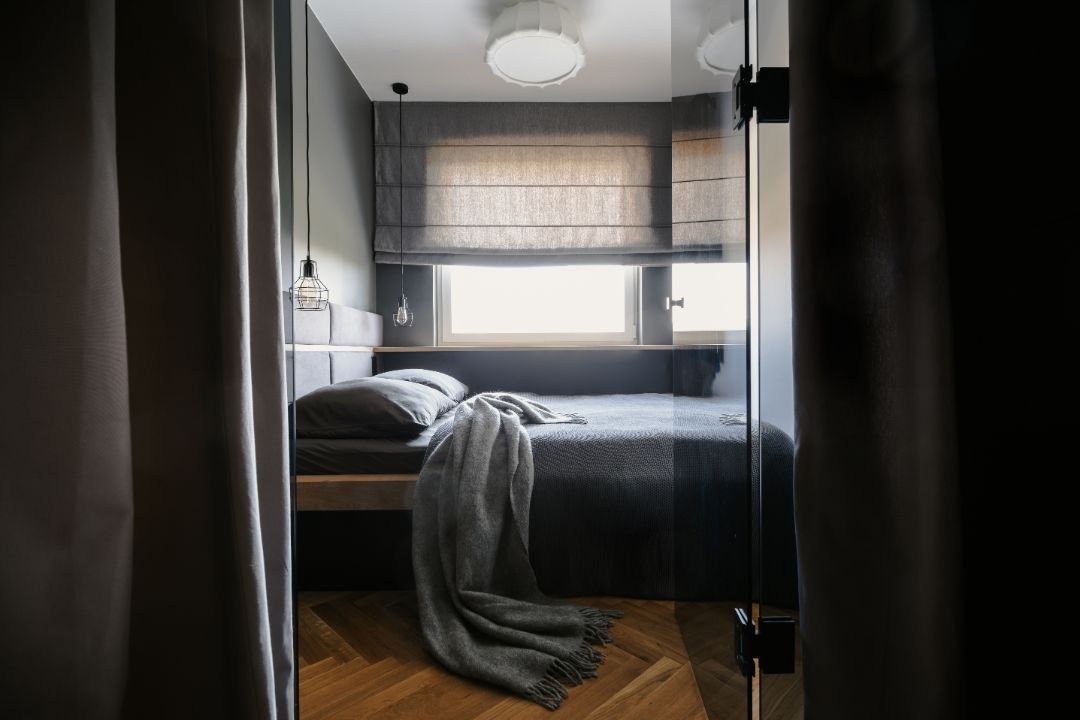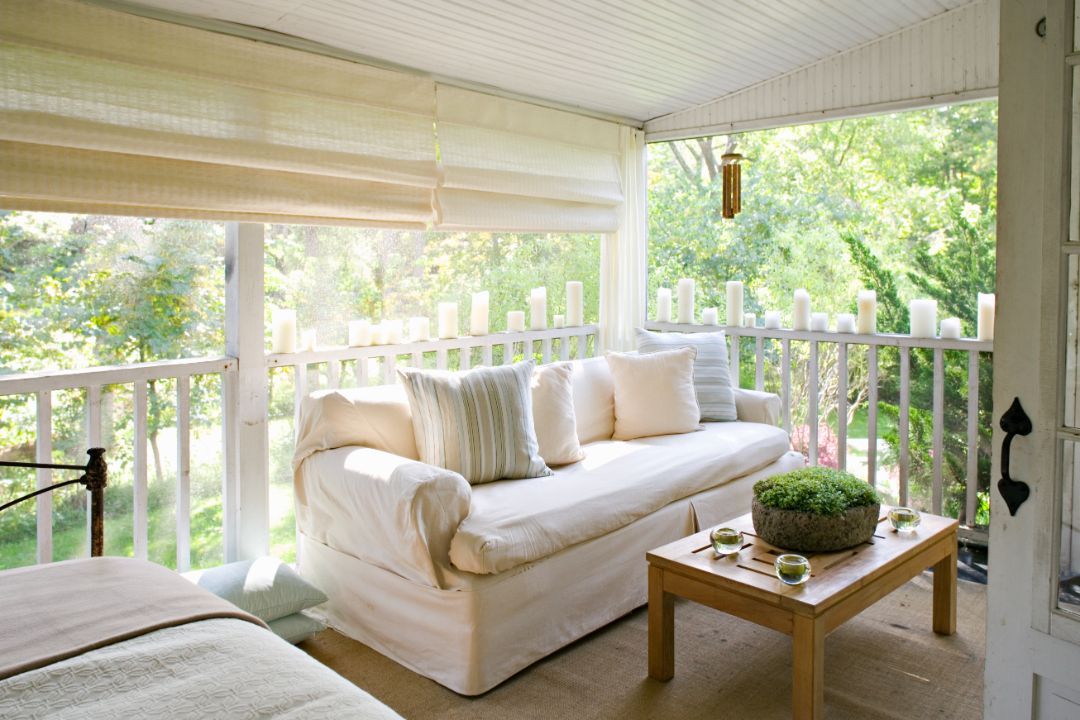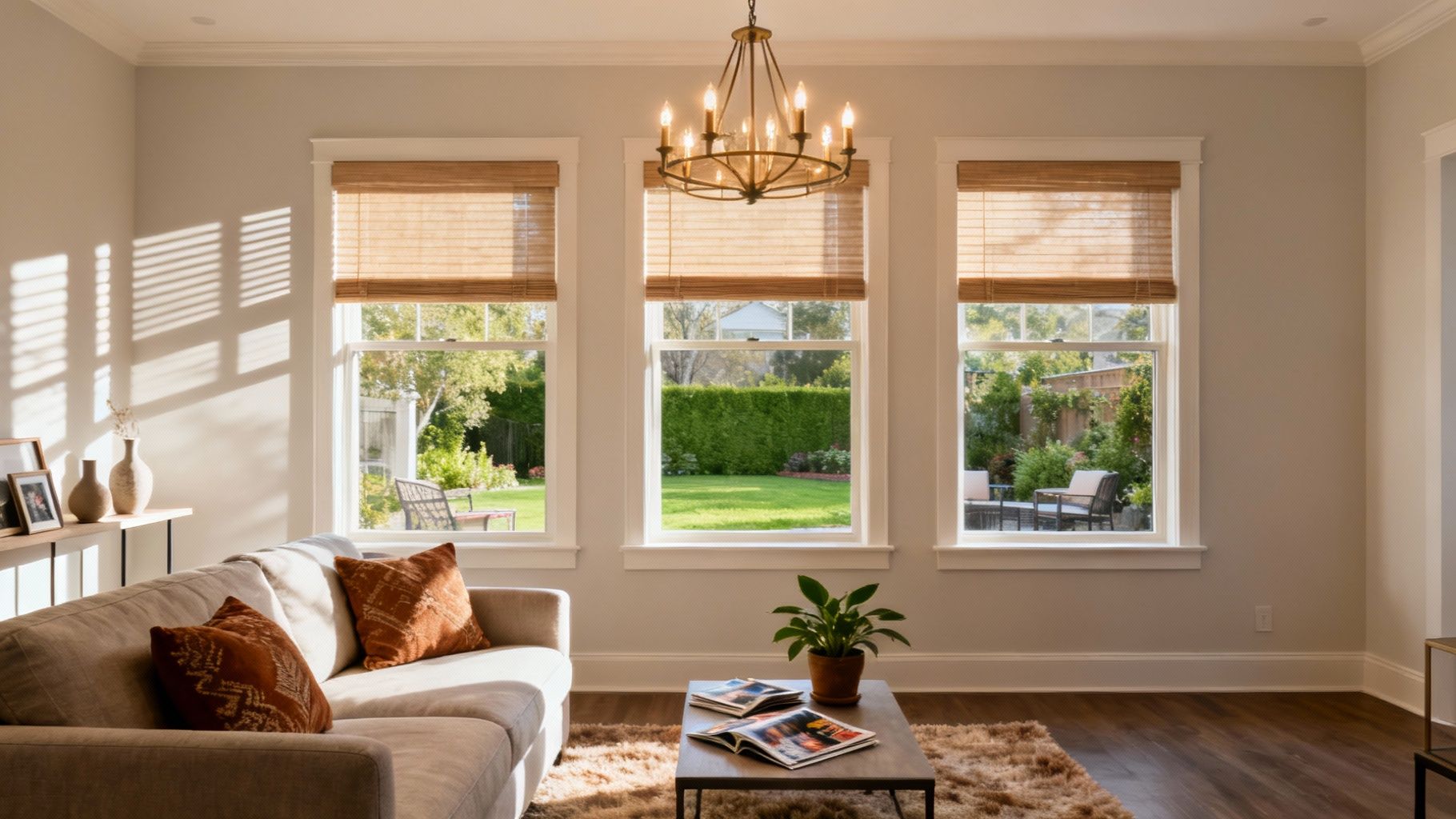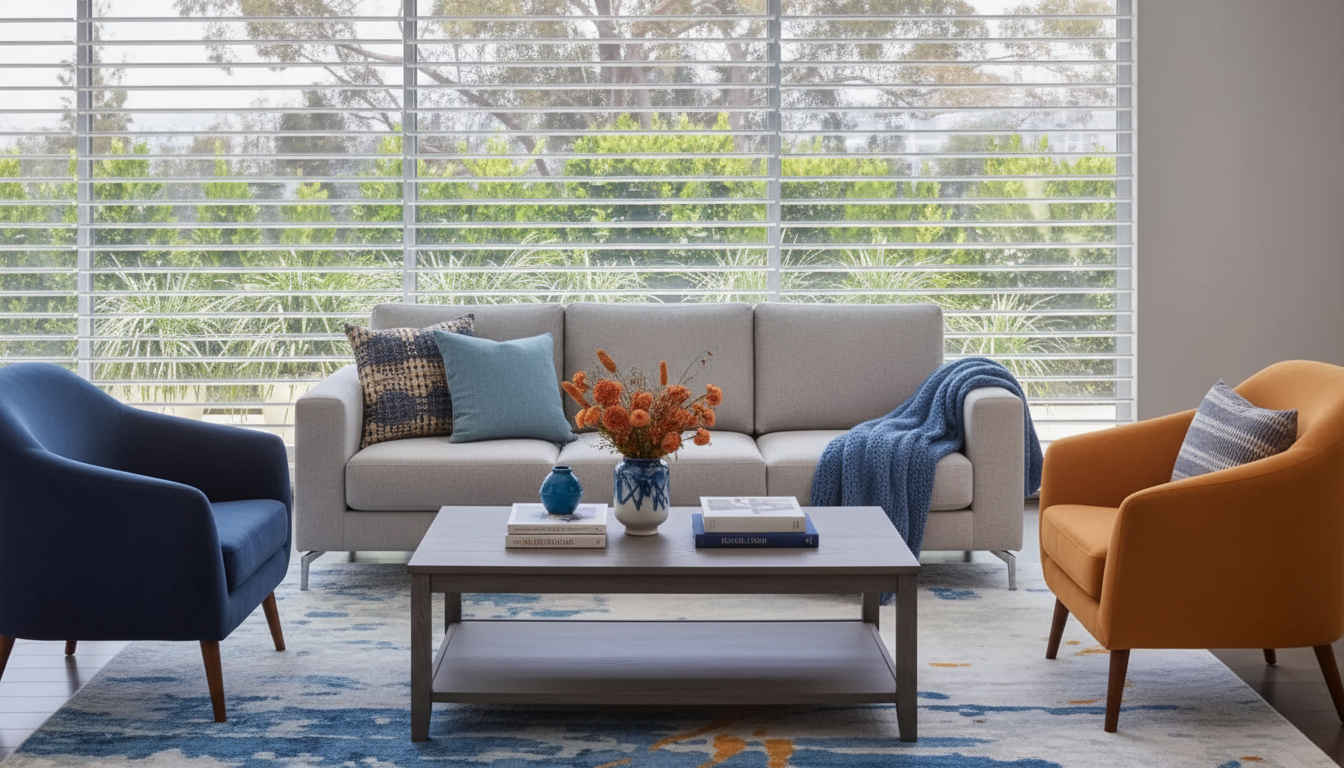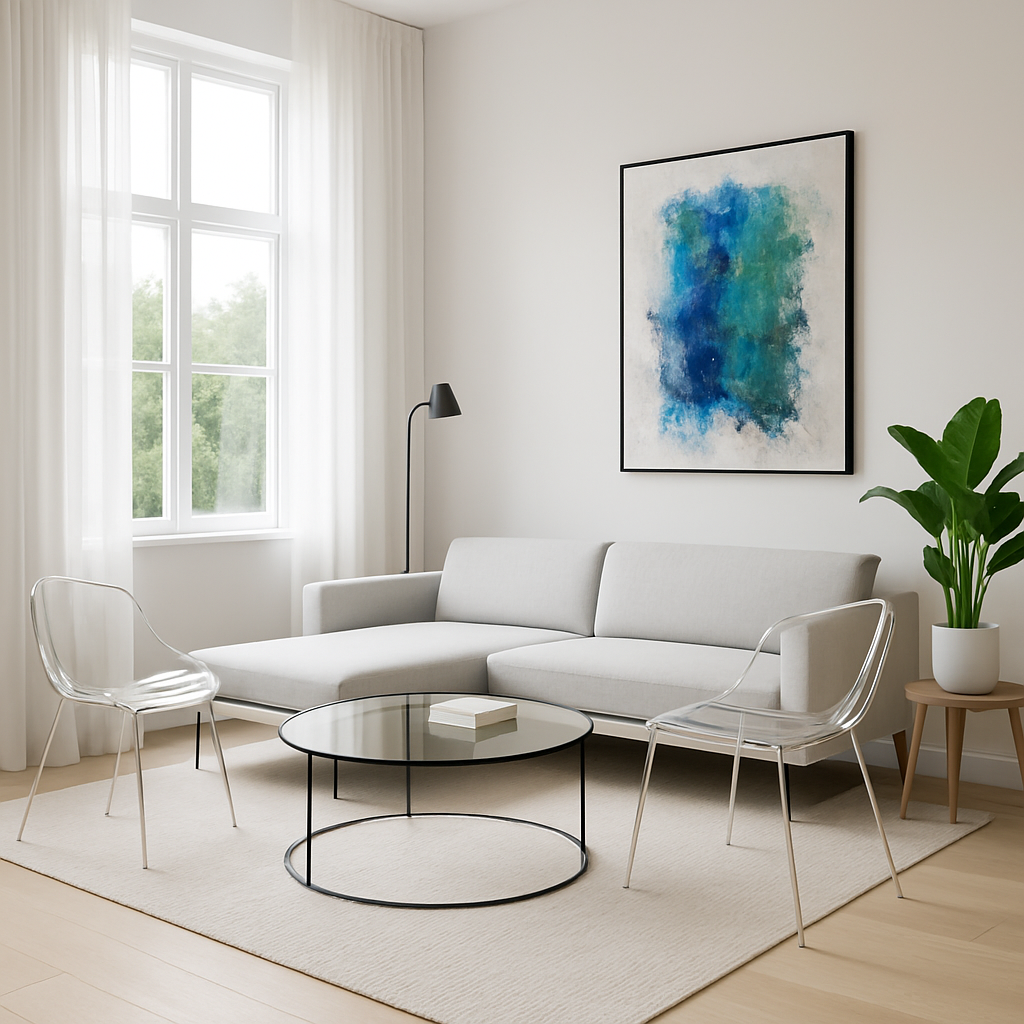How Do I Choose Energy-Efficient Window Treatments for Older Homes?
When it comes to older homes, their timeless charm often comes with a hidden cost: energy inefficiency. Drafty windows, single-pane glass, and outdated insulation can lead to significant energy loss. But there’s good news—energy-efficient window treatments can be your first line of defense against these challenges.
Understanding the Challenges of Older Windows
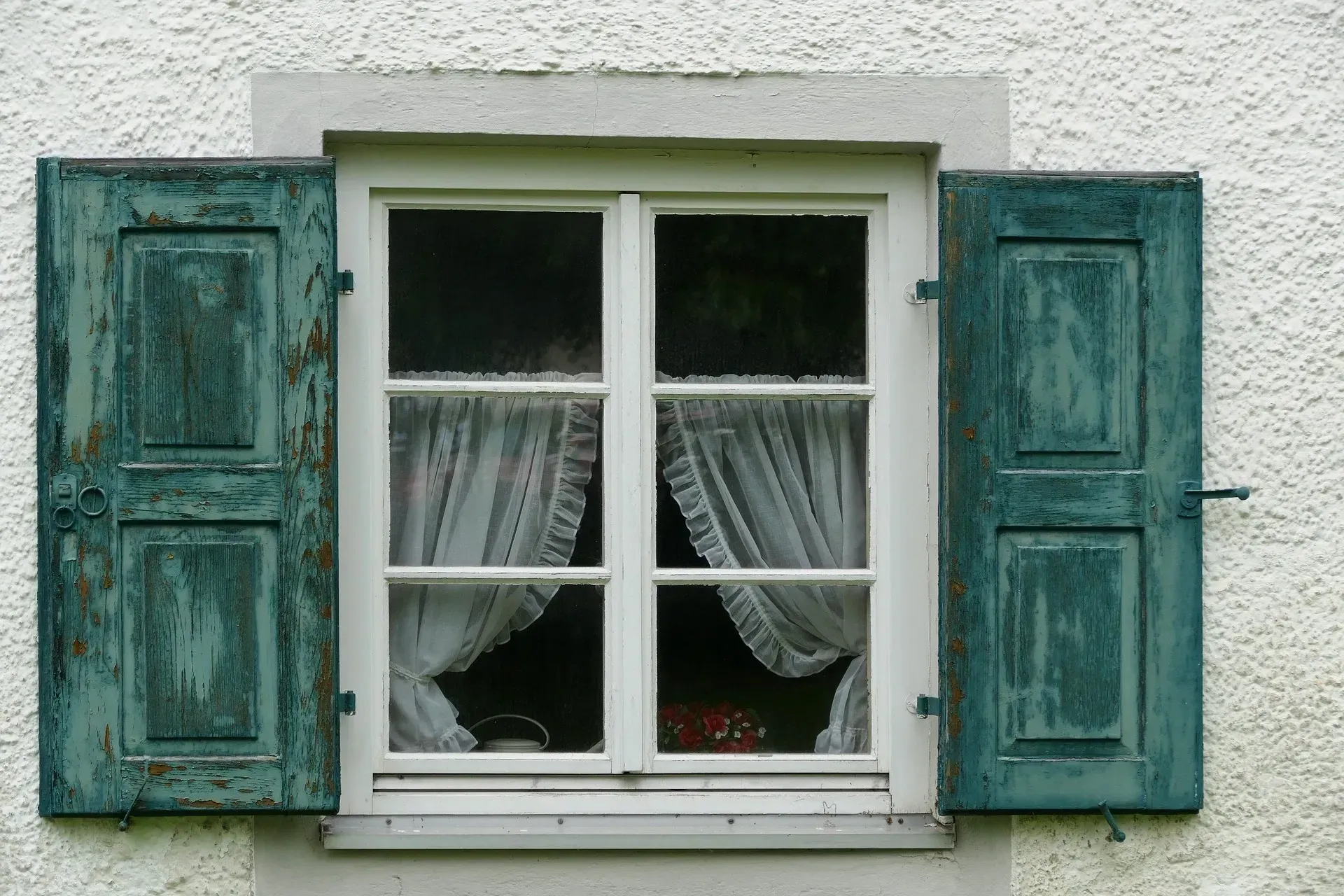
Common Issues in Older Homes
Older homes often feature original windows that lack modern insulating technologies. Key challenges include:
- Drafts and Air Leaks: Poor seals and aging materials allow cold air to seep in and warm air to escape.
- Single Glazing: Many older homes have single-pane windows, which offer minimal insulation compared to double or triple glazing.
- Poor Insulation: The lack of thermal barriers contributes to increased energy consumption and reduced comfort.
Impact on Energy Consumption
Drafty windows can account for up to 25% of a home’s energy loss, according to the U.S. Department of Energy. Addressing these inefficiencies with appropriate
window coverings for insulation can significantly lower heating and cooling costs.
Types of Energy-Efficient Window Treatments
Thermal Curtains
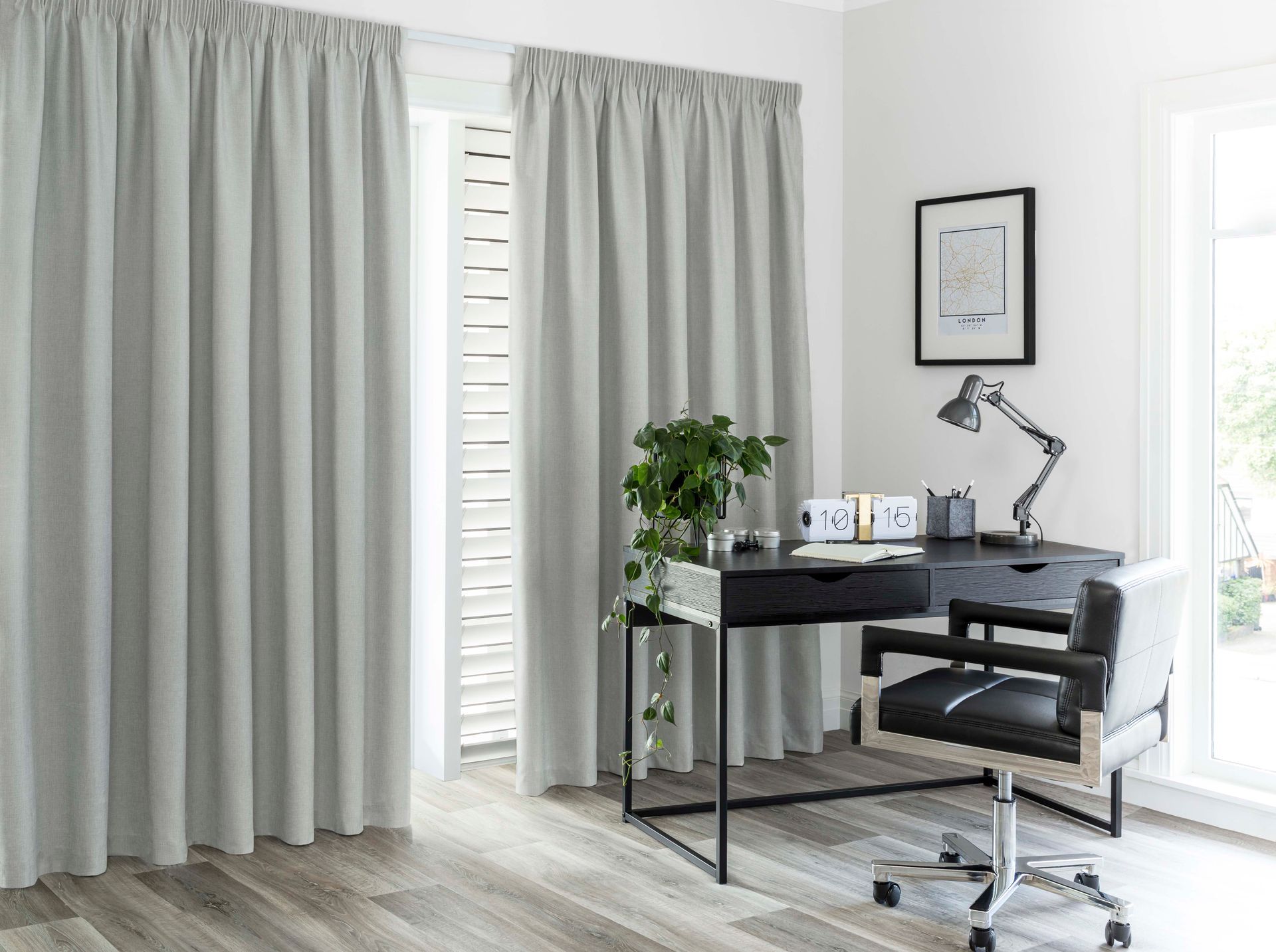
What Are They?
Thermal curtains are made from thick, insulated fabrics designed to reduce heat transfer.
Benefits:
- Trap heat indoors during winter and block heat in summer.
- Available in a variety of styles to complement vintage interiors.
Cellular Shades (Honeycomb Shades)
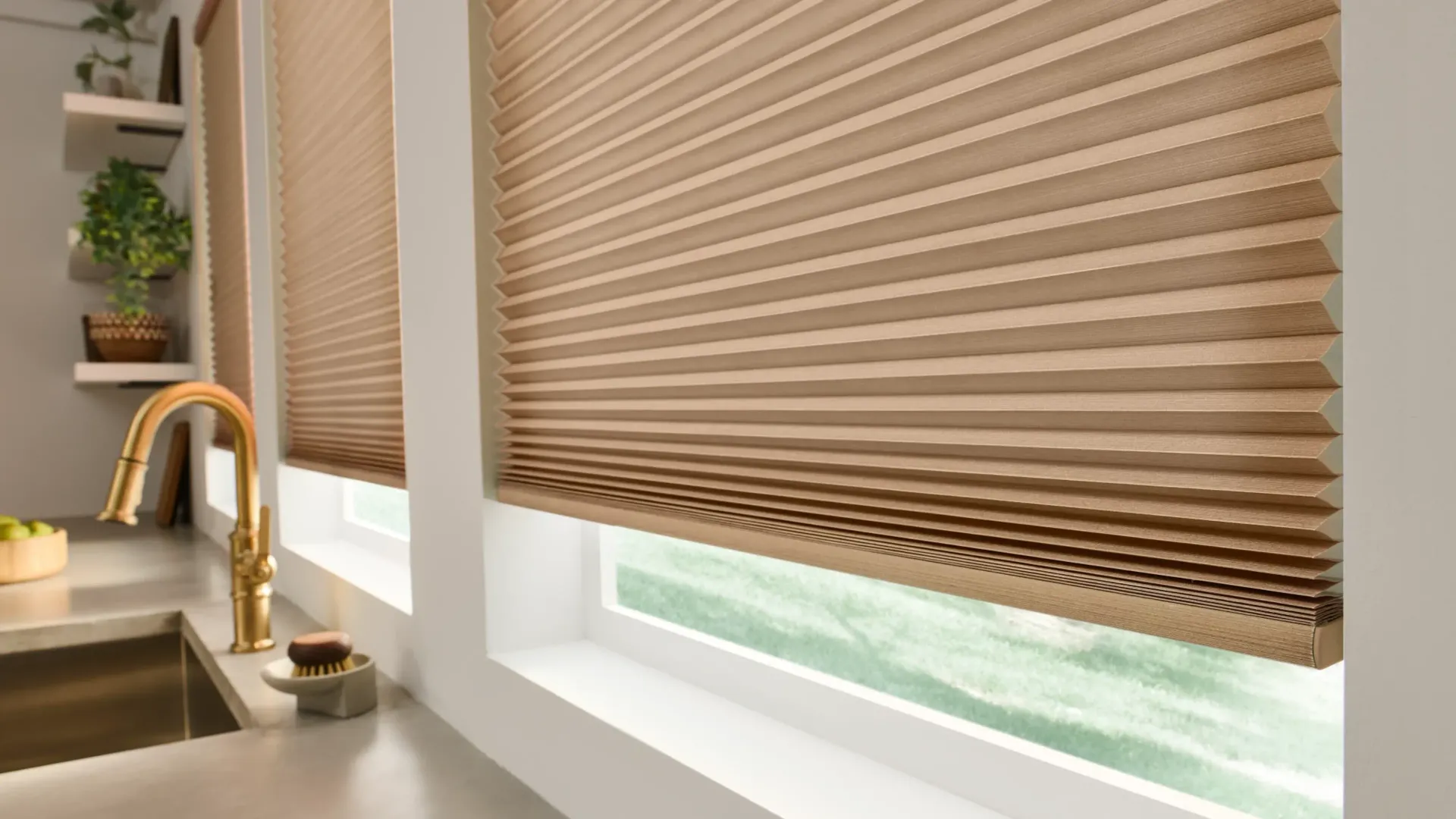
How Do They Work?
These shades feature a unique honeycomb design that traps air within its cells, creating an insulating barrier between the window and the room.
Energy-Saving Advantages:
- Reduce heat loss by up to 40% during winter.
- Effective at blocking sunlight to keep interiors cool in summer.
Window Films

Types and Installation: Window films are thin layers of material applied directly to glass surfaces. They come in reflective, tinted, and low-emissivity (Low-E) options.
Effectiveness:
- Reduce solar heat gain and glare.
- Improve energy efficiency without altering the home’s aesthetics.
Shutters and Blinds
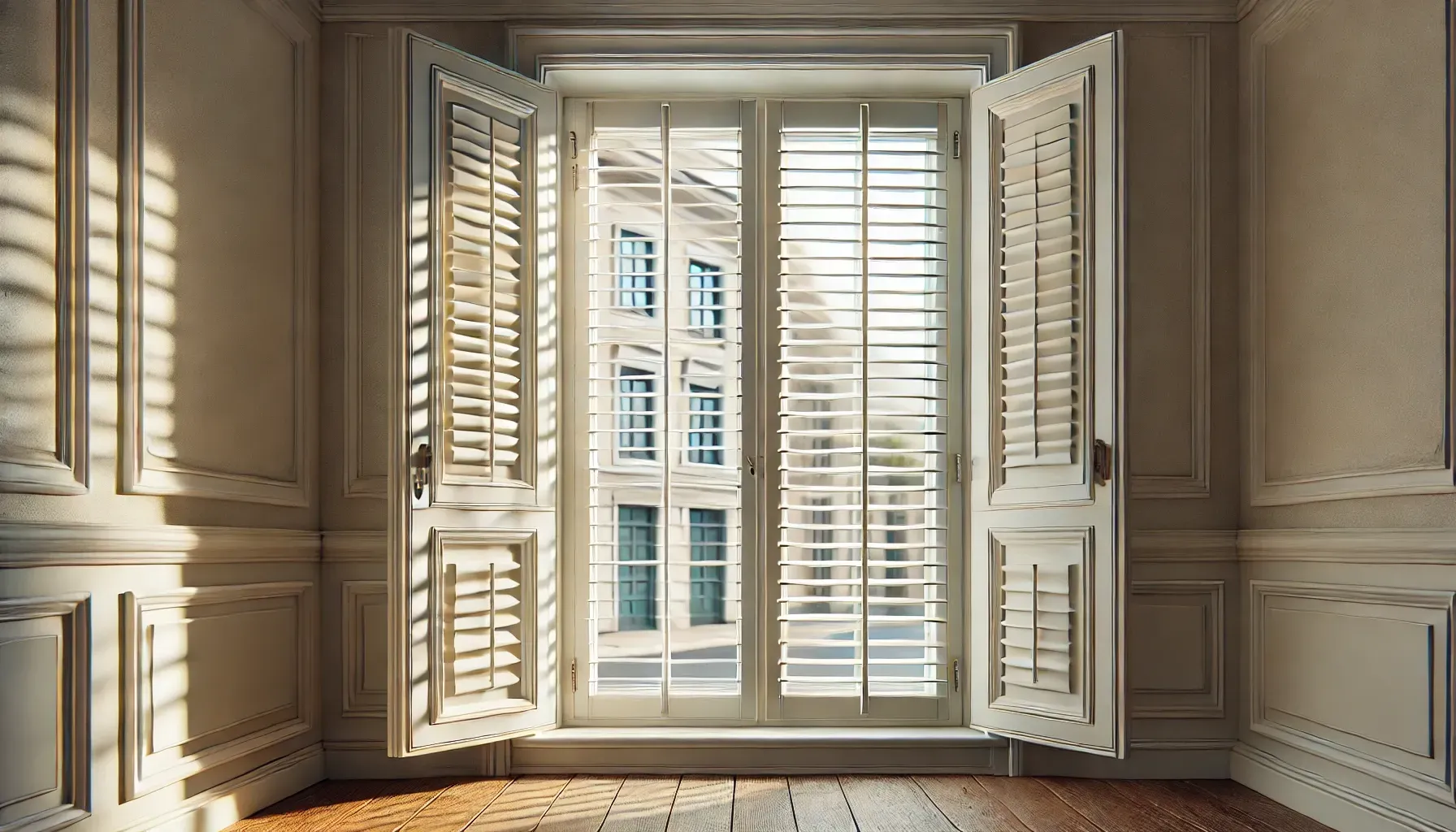
Insulating Properties: Interior shutters and tightly fitted blinds can minimize drafts and provide an additional barrier against temperature fluctuations.
Aesthetic Considerations: Shutters, especially wooden ones, blend seamlessly with the architectural style of older homes. For those seeking Natural Light and Privacy Solutions, shutters and blinds offer a perfect balance by allowing adjustable light control while maintaining energy efficiency.
Factors to Consider When Choosing Window Treatments
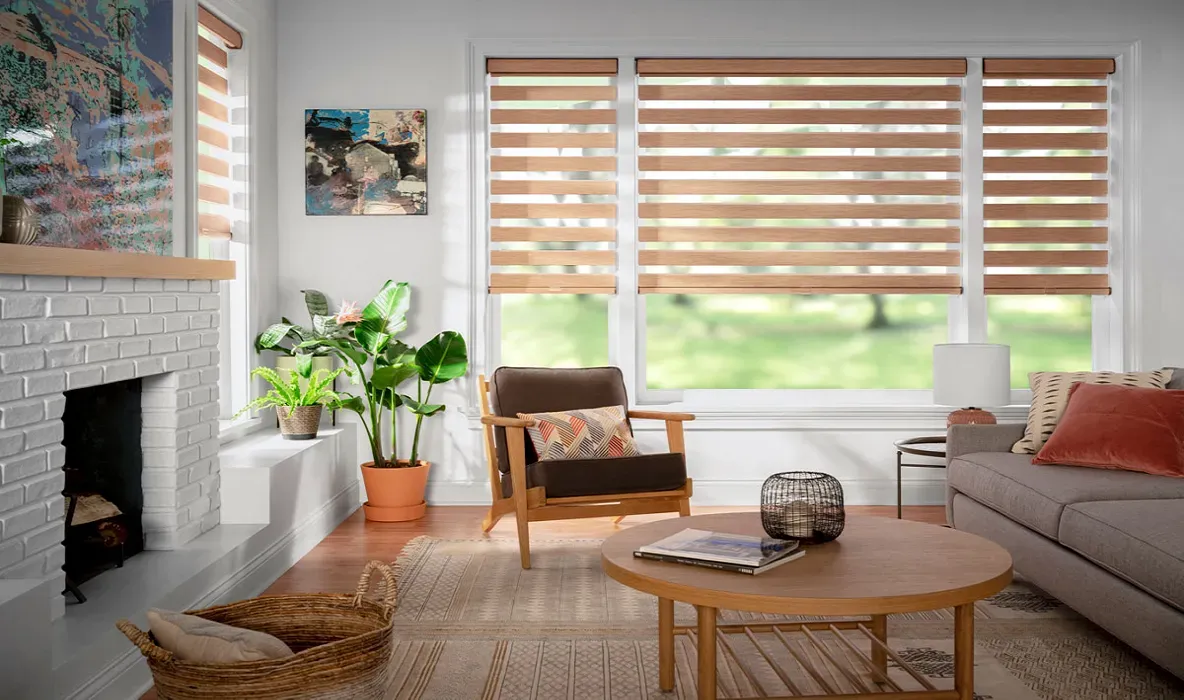
Insulation Value (R-Value)
What Is R-Value?
R-value measures a material’s resistance to heat transfer. Higher R-values indicate better insulation.
Why It Matters: Prioritize treatments with high R-values to maximize energy savings.
Aesthetic Compatibility
Energy-efficient doesn’t mean sacrificing style. Select treatments that enhance your home’s character, such as patterned thermal curtains or classic wooden shutters.
Budget Constraints
Options like DIY window film or cellular shades offer affordable solutions without compromising on performance. For higher budgets, custom treatments provide tailored functionality and style.
Ease of Installation and Maintenance
- DIY Options: Window films and off-the-shelf curtains are easy to install.
- Professional Installation: Custom shutters or cellular shades may require expert fitting for optimal results.
Additional Tips for Enhancing Window Efficiency
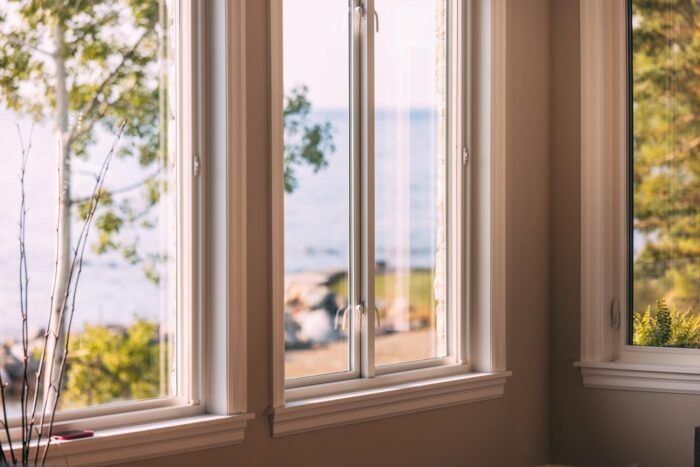
Weatherstripping and Caulking
Seal gaps around windows to prevent drafts and enhance the effectiveness of window treatments.
Layering Window Treatments
Combine solutions like cellular shades with thermal curtains for added insulation.
Seasonal Adjustments
- Close treatments during hot summer afternoons to block heat.
- Open them during sunny winter days to capture natural warmth.
Conclusion
Improving energy efficiency in older homes doesn’t have to come at the cost of their character. By selecting the right window treatments—be it thermal curtains, cellular shades, window films, or shutters—you can create a more comfortable and energy-efficient environment. Start by assessing your home’s unique needs, then explore options that align with your style and budget. With the right choices, your older home can be as energy-efficient as it is timeless.


